Extinction Risk
First images of a lost echidna species prove that it is not extinct. An expedition to the sacred Cyclops Mountains in Indonesia uncovered evidence of Attenborough’s Long-beaked Echidna. Echidnas are ancient egg-laying mammals thought to have emerged 200 million years ago when dinosaurs still roamed the earth. Until now, the only evidence for this particular species of echidna, named after Sir David Attenborough, was a museum specimen. Scientists hope that the discovery of living echidnas will help make the case for conservation efforts in the Cyclops Mountains. In addition to the echidna, new species of insects and frogs were discovered alongside healthy populations of birds of paradise and tree kangaroos.
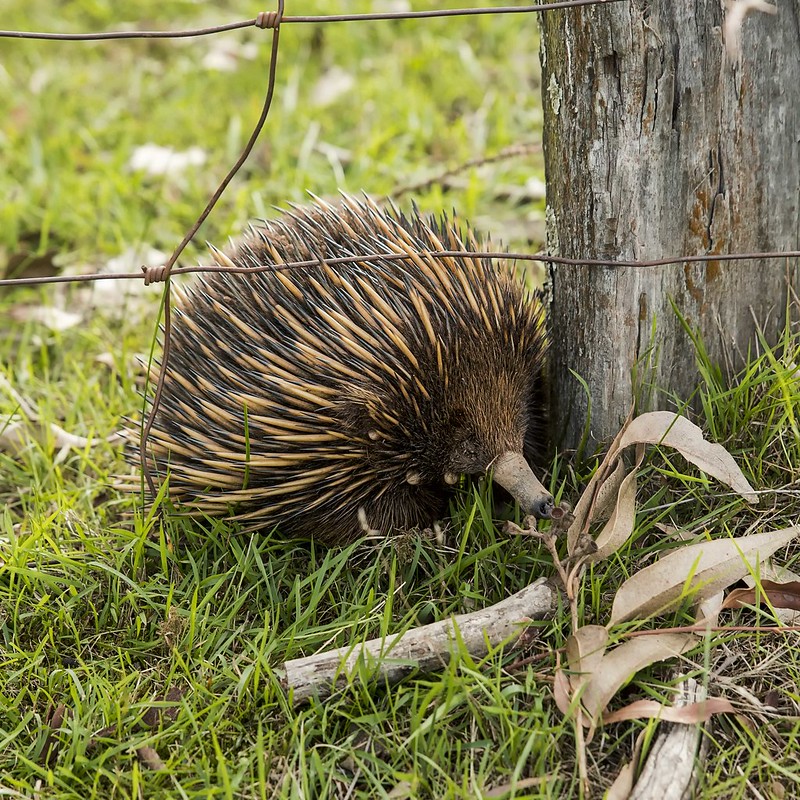
Fewer than half of Bornean Sun Bears survive after release due to habitat loss and poaching, according to a recent study. Sun Bears are a keystone species in the jungles of South-East Asia, helping to sustain healthy forest ecosystems; however, fewer than 10,000 Sun Bears are thought to remain in the wild due to pressures from deforestation, habitat degradation and poaching. The Bornean Sun Bear Conservation Centre (BSBCC) looks after Sun Bears rescued from captivity and releases them back into the wild. A recent study has shown that many released Sun Bears die due to the dangers they encounter in the wild, including poaching, territorial disputes and starvation. A lack of familiarity with their new surroundings may also contribute to this high death toll despite the released bears being skilled climbers and foragers.
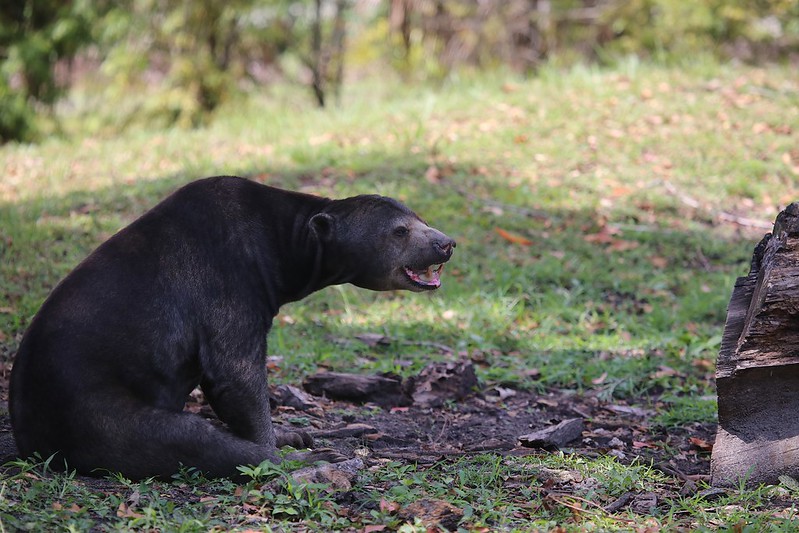
Conservation
An ambitious project in the Fens seeks to reclaim thousands of acres for nature. The Great Fen Project, organised by Wildlife Trust conservationists, aims to purchase 9,000 acres of farmland around two Fenland nature reserves to allow water to return to the land. This will support the formation of water meadows, streams and pools which will encourage wetland species such as Bittern and Marsh Harrier. By rewetting fields, it also seeks to preserve peat and reduce carbon emissions. With a projected price tag of around £30 million, the project will be one of the most ambitious restoration projects in all of Europe.
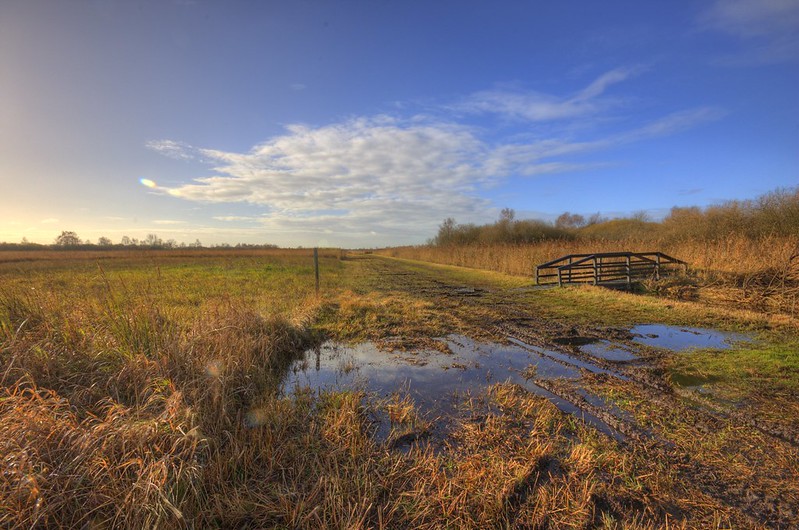
Svalbard is letting nature take back one of its massive coal mines. The Svea mine in Svalbard, Norway, which produced 34 million metric tonnes of coal over its lifetime, is undergoing a significant natural restoration project. The restoration effort, costing approximately 1.6 billion Norwegian kroner (€1.35 million), aims to return the site to its natural state, allowing nature to reclaim the land. This move is part of Norway’s commitment to preserving the wilderness of Svalbard, as the region transitions away from the fossil fuel industry, closing coal mines and shifting towards tourism and scientific research.
Climate Crisis
Surges in jellyfish numbers in UK waters are an indication of warming oceans, according to the Marine Conservation Society. The number of jellyfish seen on UK beaches has increased by 32% in the past year. Warm water jellyfish such as the Crystal Jellyfish have been spotted following global ocean temperatures reaching a record high in August and marine heatwaves in June which caused UK sea temperatures to rise by 3–4°C. Experts have said that more research will be needed to determine the exact cause of the jellyfish blooms this year.
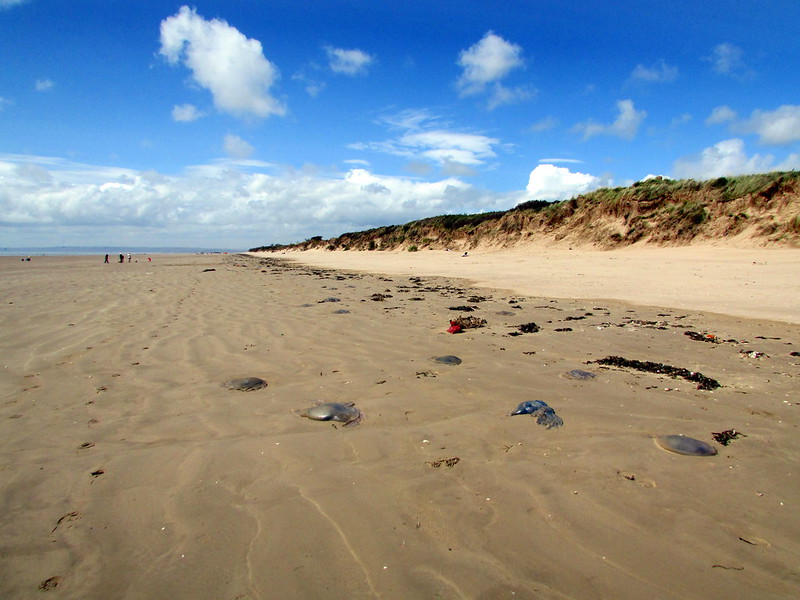
Global temperatures will reach the 1.5°C threshold this decade, according to a new report. In 2015, countries agreed to take measures to hold global temperatures to 1.5°C above pre-industrial levels as part of the Paris Climate Agreement. New research by a team of scientists from Columbia University and NASA suggests that this goal is already out of reach, which may raise alarm bells at the coming COP28 climate talks. Other estimates suggest that the threshold will be breached in the 2030s.
Education and awareness
The RSPB is to give under 25s free access to its nature reserves in a bid to increase youth engagement with nature. The charity is set to roll out the two-year pilot program this month. The programme seeks to address what research has shown to be a dip in nature connectedness in teenage years. Similar worries prompted the government to introduce a new GCSE in natural history, and other nature charities are seeking to focus on outreach to the younger generations.
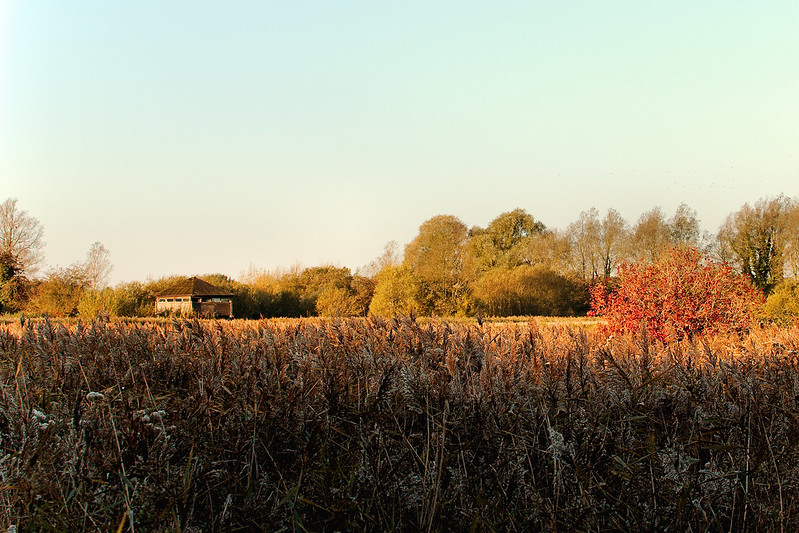
Discoveries
Chimpanzees in Ivory Coast have been observed using military-like tactics to gain an advantage over rivals, a study has revealed. Chimps were observed seeking high ground for reconnaissance missions and making strategic decisions based on the size and proximity of rival groups. This behaviour, similar to the concept of “occupying the high ground” in warfare, may have deep evolutionary roots, according to researchers at the University of Cambridge. 20,000 hours of recordings revealed that chimps would climb hills at the edge of their territories, rest quietly at the top to listen for nearby rivals, and then decide whether to advance or retreat. While many animals take to higher ground to keep watch, chimp tactics are more sophisticated, anticipating where conflict may occur, assessing risk, and making collective decisions on how to proceed.
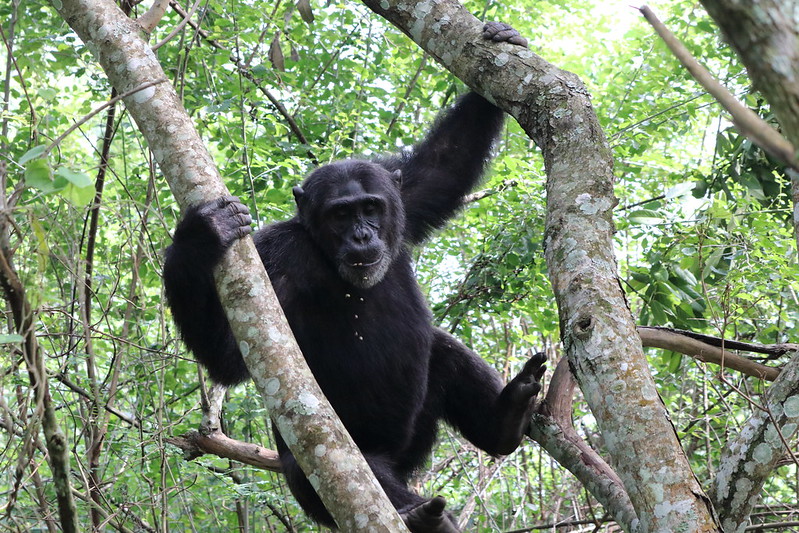
Diplomacy
An agreement has been reached for a loss and damage fund in the run-up to COP28. The fund, which aims to help countries cope with the irreversible effects of climate change, had been established last year at COP27, but negotiations had come to a standstill over which organisation would administer the fund. However, an agreement was reached in Abu Dhabi over the weekend with recommendations to be considered at COP28 which starts in late November in Dubai.

